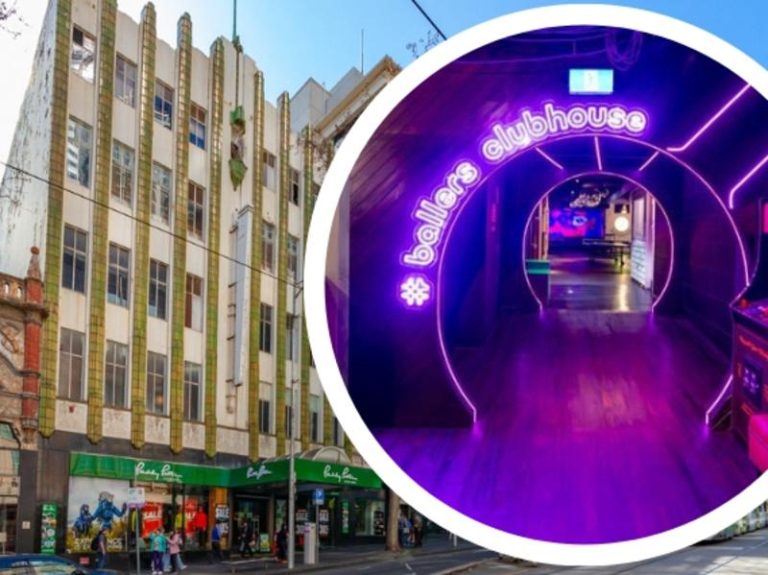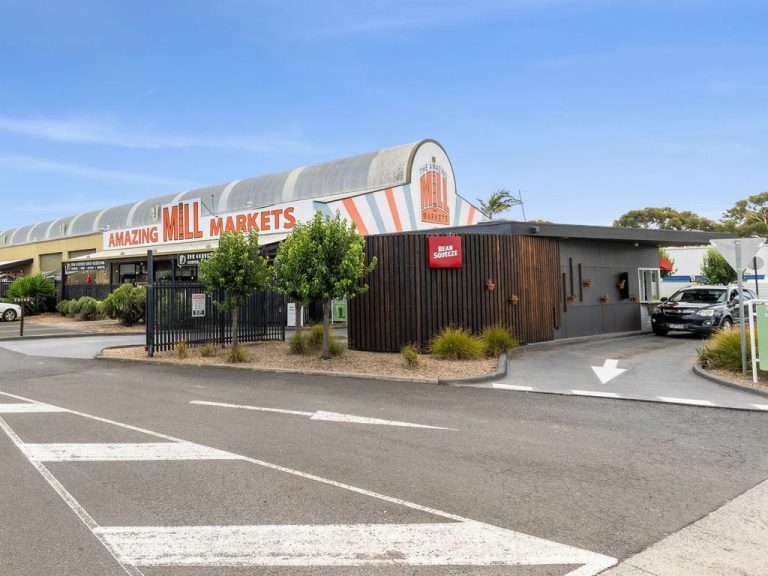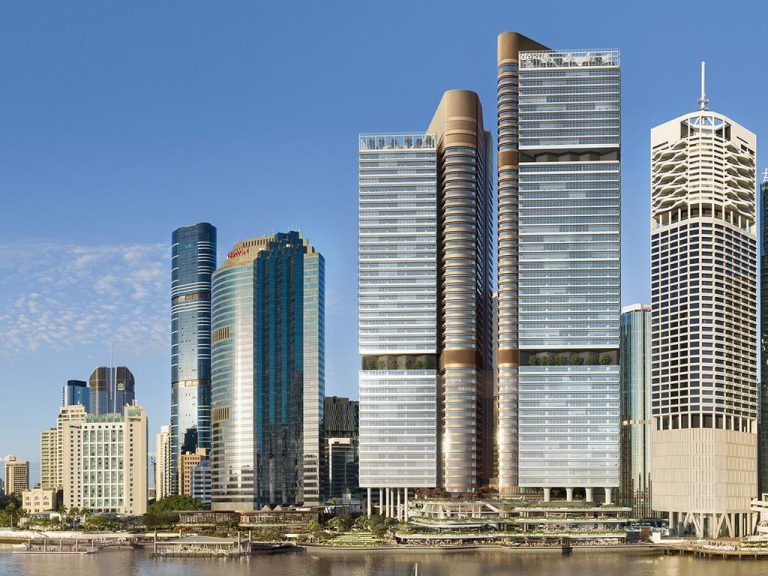Employers bring cheer to the workplace

Want a happy workplace? Provide lots of booze.
Because, according to Pebble’s Happiness App, which recently recorded the moods and energy levels of more than 10,000 people while at work, it seems alcohol is the thing that gets an employee motivated.
Alcohol may well lead to cheerful employees, but a decline in productivity could be an unintended side effect.
Luckily, a close second is yoga, with frequent utkatasanas and downward dogs having a similar impact on moods as a glass of shiraz.
VIDEO: This might be Australia’s best office
On the other hand, the biggest downer on people’s moods in the workplace was work and meetings.
Unsurprisingly, given the choice, it would seem we would rather be drinking or doing yoga at work than what we are paid to do.
Employee happiness is now big business. A grumpy or unhappy workforce comes at a huge cost to the Australian economy, with Gallup estimating it at roughly $55 billion a year in lost productivity.
Human resources researcher McLean & Company also has found a disengaged employee costs an organisation about $3400 for every $10,000 in annual salary.

Yoga is a close second to alcohol when it comes to improving employee happiness.
While alcohol and yoga — preferably not together — apparently provide the biggest lift to the workday, work does still needs to be done.
Fortunately, it is now possible to measure how happy a workplace will make your employees — or at least ensure the features of the workplace maximise their health and wellbeing.
Future spaces: At the office, there’s no place like home
The WELL Building Standard provides certification and guidance for this and attempts to help businesses achieve the aim of having more engaged employees. Consultation rooms that potentially could be used for yoga do feature in the certification but, surprisingly, alcohol does not.
There is no doubt the type of role you have also will have an impact on how happy you are and how willing your employer is to make you happy.
A disengaged employee costs an organisation about $3400 for every $10,000 in annual salary
Strong growth in white-collar jobs in the Sydney and Melbourne CBDs means developers of new office buildings in these locations have this top of mind.
The new Lend Lease office in Sydney’s Barangaroo, which has been WELL certified, contains a 6m high breathing green wall with more than 5000 plants.
Macquarie’s headquarters at Sydney’s Martin Place has a rooftop garden containing a vegetable garden and chickens.

Nice working environments are considered key for retaining staff.
It isn’t just large corporations that have to focus on employee happiness.
Anyone employing the most in-demand workers such as developers, programmers, business and systems analysts, and program and project managers also will be thinking about how they can hire and retain the brightest and the best.
The nicest workplaces are a key selling point to these workers. What does this mean for those jobs that are not in high demand — or those that are not well paid?
Of course, employers are unlikely to want to make their employees unhappy.
The perks of what is included for factory workers, fruit pickers or even childcare workers are vastly different from those of white-collar workers in our large capital city CBDs. Out with yoga rooms and carefully chosen healthy snacks in the kitchen, in with timed breaks and sharing the cost of a carton of milk in the staffroom.
So, how far will employers go to ensure happiness in their workforce?
A study conducted by the University of Warwick found happy employees were 20% more productive, and with productivity ultimately affecting the bottom line, it’s surely becoming an increasingly worthwhile exercise.
Perhaps happy employees move at a faster pace while sipping their chardonnays.
Nerida Conisbee is chief economist for REA Group.
This article originally appeared on www.theaustralian.com.au/property.







